“Saxes are definitely instruments with attitude,” insists Foss Foster, when she’s asked if the saxophone is “cool”.
“The sax is so superbly expressive and versatile. Funky to mellow, it can even produce a sound like the human voice. It really sings!”
Why do people take it up?
Foss says: “It might be the instrument school offered. It might be the Lisa Simpson effect, maybe well-known sax solos in popular music. Who knows?
“I suspect there are as many reasons as there are sax players, but once you start playing a sax, you’re hooked.”
Can you really have an orchestra of saxophones?
“Yes and it’s very effective,” says Foss. “The different range and tonal colour from each type gives the impression we are playing a much wider range of instruments and, amazingly, even percussion.
“Saxes range from tiny to enormous. The tiniest is a soprillo which would fit on a dinner plate and is very rarely encountered.
Aberdeenshire Saxophone Orchestra has all sorts of saxes
Next is the sopranino which is still not all that common. Both are very high pitched.
“Then comes the soprano. It is sometimes mistaken for a metal clarinet as it is usually straight rather than the familiar sax shape.
“Then comes the alto, which most people begin learning on and the smallest of the classic curvy shape. The tenor is the one you think of when you think ‘jazz player’.
“Larger yet is the baritone with its low mellow tones. It’s big to carry around.
“The largest in normal use is the massive bass, the ‘engine room’ of the orchestra.
“The huge contrabass and sub contrabass are extremely rare and transportation becomes a major issue.
“ASO has sopranino, sopranos, altos, tenors, baritones and bass. Most players own their instruments.
“But we are lucky in the case of the unusual saxes to have continuing use of the original orchestra’s instruments, bought with Creative Scotland funding.
“We lend these instruments to players as needed.”
Sounds great, but is it difficult to learn?
“It isn’t hard to get started on a sax,” says Foss.
“The fingering is rather like a recorder and it is easier to get a sound out of it than with most reed instruments. Children who join ASO pay no fees.
Aberdeenshire Saxophone Orchestra was created for good reason
Asked what opportunities there are for playing sax, Foss says: “This touches on why we are an orchestra.
“Traditional orchestras don’t use saxophones, except very occasionally, and we think this is a terrible shame.
“The clarinet was the new kid on the block in Mozart’s day and doubtless frowned upon by the musical establishment of the time.
“However, at least partly thanks to him, the clarinet has a place in the classical orchestra.
“The saxophone came along 100 years too late for Mozart, but he would undoubtedly have enjoyed composing for it! If he had, saxophones would now be a normal part of the orchestra.”
ASO plays “a wide variety of music genres because the sax deserves to be heard by people with all musical tastes”, says Foss.
“Pop, rock, folk and various bands feature saxophones, but we like to show how lovely it sounds playing classical music as well as the more familiar jazz and swing.
“Renaissance and Baroque music also suit the sax brilliantly.”
Taking up the sax was “entirely accidental” for Foss. “I was a self-taught concertina player but wanted music lessons and couldn’t find a tutor.
“My first choice was the bagpipes but my friends vetoed it!
“The sax was an arbitrary choice but I fell in love and never looked back.
“ASO in its present form has grown up around me. For 10 years the sax orchestra, the inspiration of Justin Brooke, was an Aberdeenshire Schools’ Music Service project, supported by Youth Music Initiative funding.”
When that concluded in 2019 it “looked as if that was the end” but volunteer adults kept it going “because it was too good to lose”.
“I was the only one with enough spare time to do everything needed to set up an independent group.
Lots of enthusiastic members
“As well as being chair, I did marketing and publicity, artwork, admin, website, grant hunting, getting projects off the drawing board, and so on.
“There were a surprising number of people around who had played sax at some time in their lives and were keen to play again.
“Today we have so many enthusiastic members, the load is shared.”
The ASO was supported with grants from The Garioch Partnership and the National Lottery.
“These grants were essential to cover costs until we attracted enough fee-paying members,” says Foss.
“We have 32 members and gaining new ones fast. Not bad for four years in existence.”
“Our growing number of players, from an increasingly wide geographical area, is also very satisfying.
“Players from Glasgow and Nairn were travelling furthest until recently when we attracted a player from London!
“Running an orchestra in north-east Scotland might seem tricky but any travelling is made worthwhile by rehearsing a full Sunday a month rather than weekly evening practices.”
The ASO is performing today, June 1, in Keith, Insch and Huntly. Tomorrow it’s in Newton Dee. For details visit aberdeenshiresaxorchestra.co.uk
Listen to Aberdeenshire Saxophone Orchestra here.
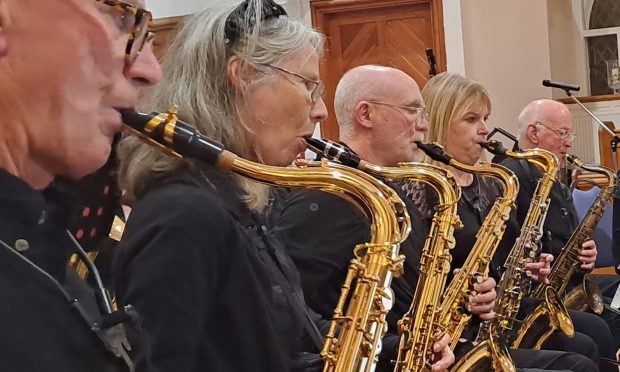
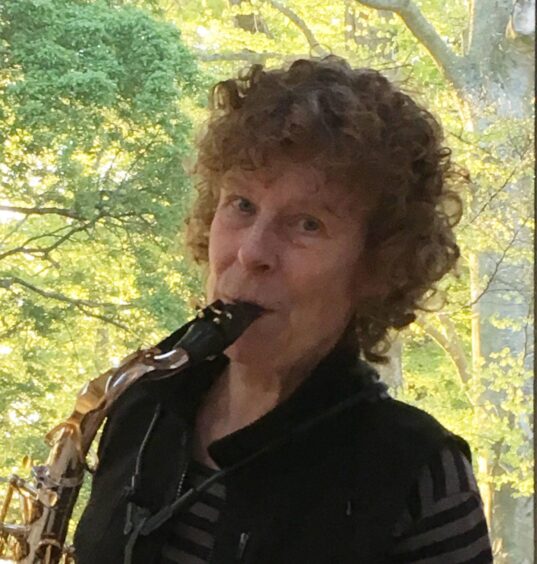
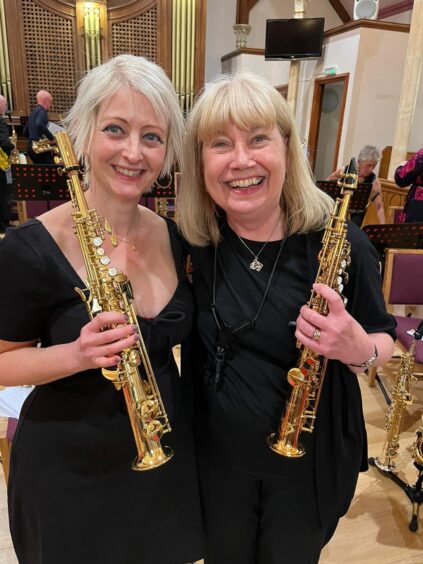
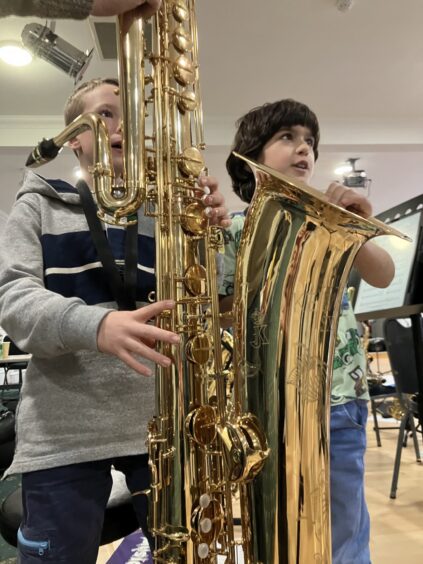
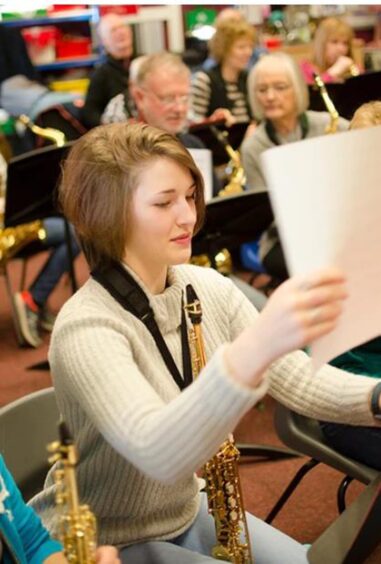
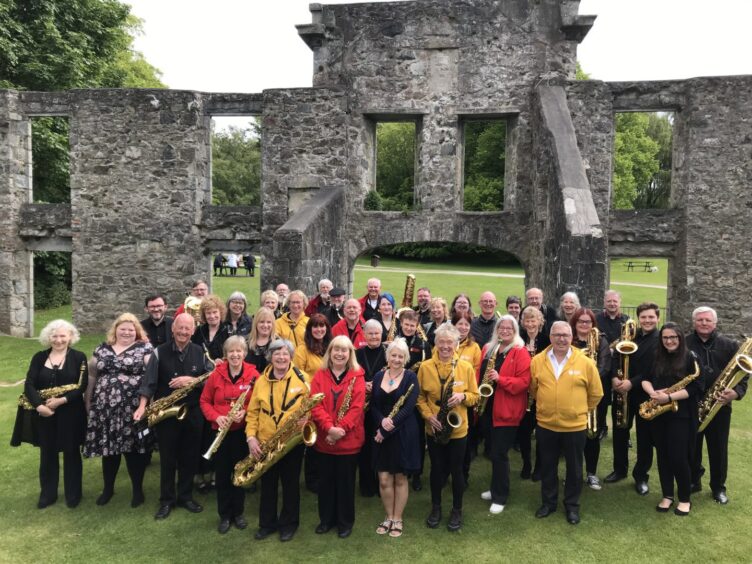
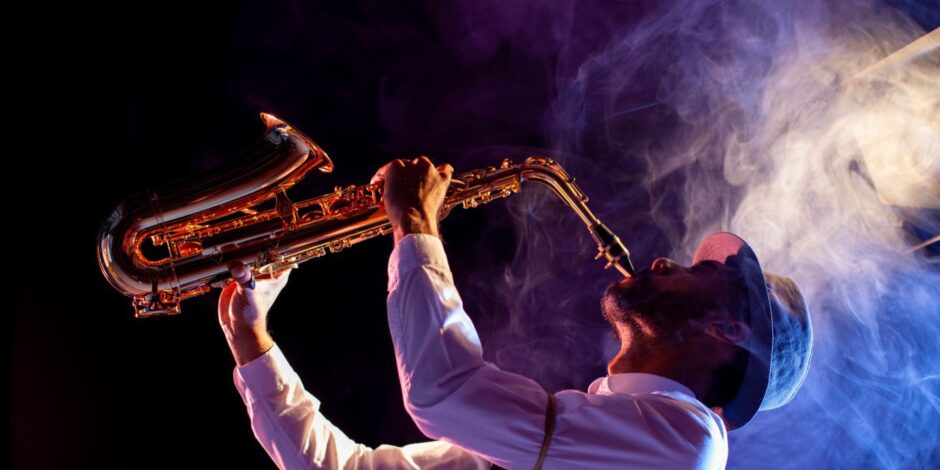
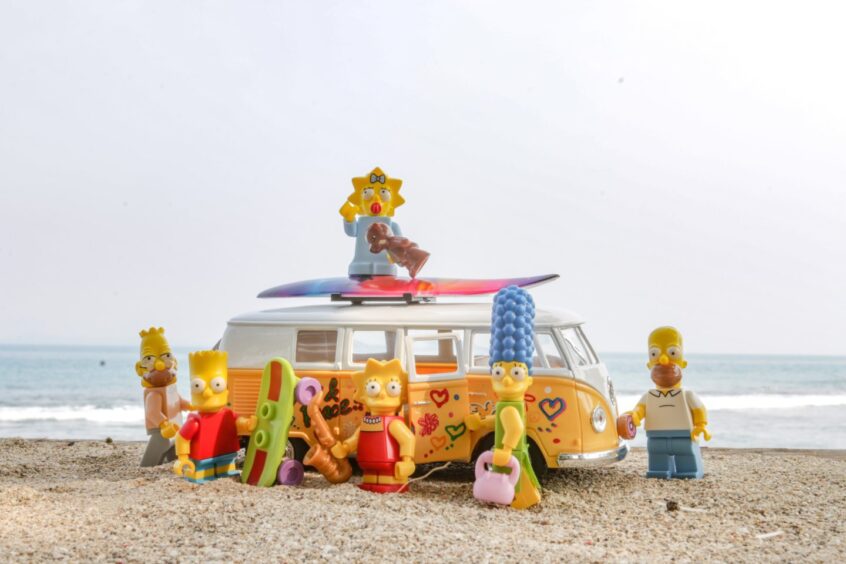
Conversation